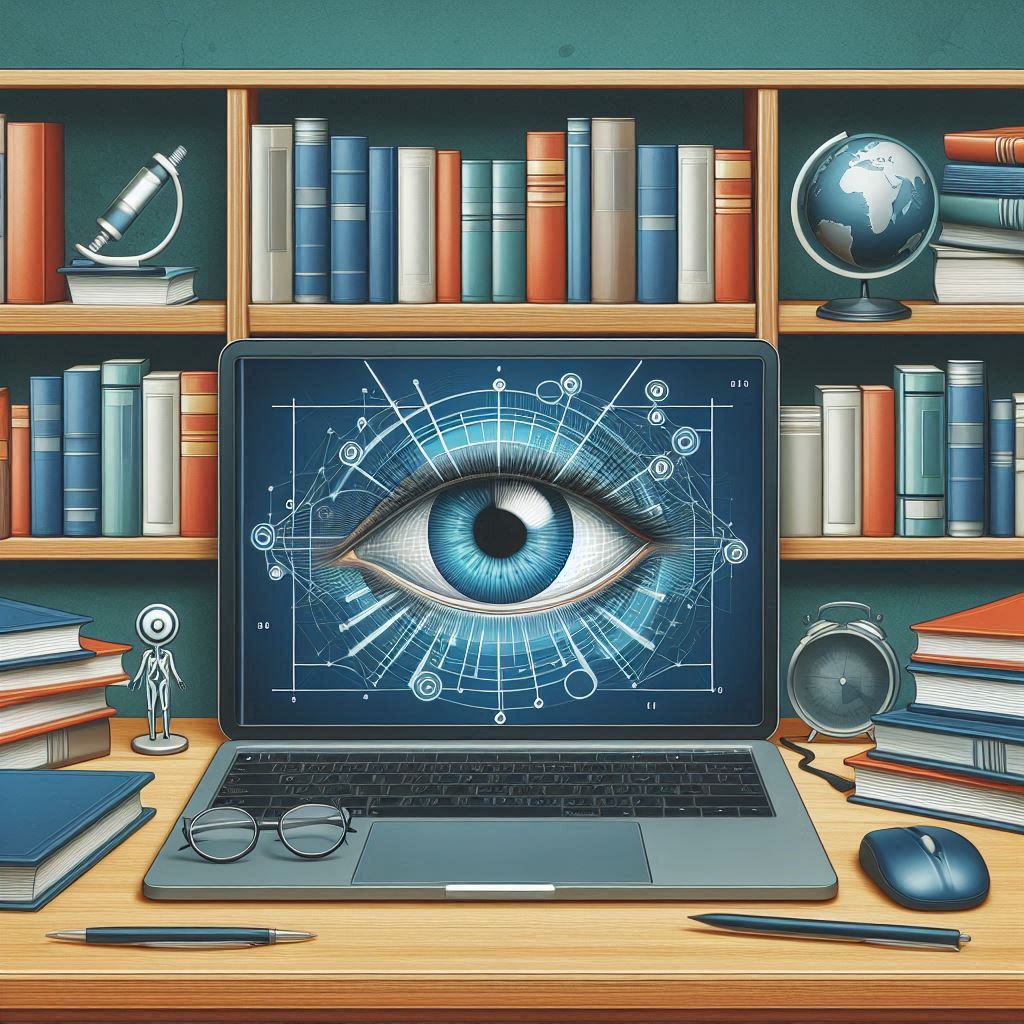
Have you ever squinted to see clearly, or felt like objects appear blurry or wavy at all distances? These could be signs of astigmatism, a common eye condition that affects how your eye focuses light. This blog will guide you through everything you need to know about astigmatism or cylindrical power, in easy-to-understand language.
Imagine your eyes are like a camera. For a clear picture, the camera lens needs to focus light perfectly onto the film. In a healthy eye, the cornea (the clear front dome) and lens work together to focus light precisely onto the retina (the light-sensitive layer at the back of your eye). But with astigmatism, the cornea or lens has an irregular shape, like an oval watermelon instead of a round basketball. This irregularity causes light to focus on multiple points rather than a single point on the retina, resulting in blurred or distorted vision. Therefore, both near and distant objects can appear blurry or wavy.
Symptoms of Astigmatism:
- Blurry or hazy vision
- Difficulty seeing at night
- Headaches
- Squinting to see clearly
- Eyestrain or headaches, especially after screen time
Don’t worry, blurry vision isn’t your destiny! Astigmatism can be easily diagnosed by an eye doctor through a comprehensive eye exam. This exam typically includes:
- Visual acuity test: Reading an eye chart to measure how well you see at different distances.
- Refraction test: Looking through different lenses to find the combination that gives you the clearest vision. This determines your eyeglass or contact lens prescription.
- Keratometry and topography: These tests measure the curvature of your cornea, helping identify any irregularities caused by astigmatism.
Understanding Your Prescription:
If you have astigmatism, you might see a term called “cylindrical” (CYL) power on your prescription. This refers to the lens power needed to correct the uneven curvature of your cornea.
Another term you might encounter is “toric.” Toric lenses are specially designed for astigmatism. Unlike regular lenses with uniform power, toric lenses have different powers in different axes, counteracting the irregular shape of your cornea and providing clear vision.
What Causes Astigmatism?
The exact cause of astigmatism isn’t always clear, but some factors can play a role:
- Genetics: Astigmatism can run in families.
- Eye injuries or surgery: Trauma to the eye or certain surgeries can alter the cornea’s shape.
- Keratoconus: Keratoconus is a condition where the cornea gradually becomes thinner and more cone-shaped, causing significant astigmatism. This condition usually starts in adolescence and can progress over time.
- Other eye conditions: Certain eye conditions and diseases can contribute to the development of astigmatism. For example, pterygium (a growth on the eye) can distort the shape of the cornea.
The Good News: Astigmatism is Treatable!
Here are some effective ways to correct astigmatism:
- Eyeglasses: Glasses with specially designed lenses can compensate for the irregular shape of your cornea, bringing your vision into focus.
- Contact Lenses: Several types of contact lenses can correct astigmatism, including:
- Toric contact lenses: Shaped to address the uneven curvature of your cornea.
- Rigid gas permeable (RGP) lenses: RGP lenses are more rigid than soft lenses and can help maintain a regular shape on your cornea for clear vision.
- Orthokeratology (Ortho-K): Special rigid lenses worn at night to temporarily reshape your cornea for clear daytime vision without needing glasses or contacts during the day.
For a more permanent solution, consider these procedures (consult your eye doctor for suitability):
- Laser eye surgery (LASIK, PRK, SMILE, CONTURA): Reshapes the cornea using a laser to correct astigmatism.

- Refractive lens exchange: Replaces or piggyback in front of the natural lens of your eye with an artificial intraocular lens (IOL) that corrects astigmatism.
Living Well with Astigmatism:
With proper care and the right correction, you can manage astigmatism and enjoy clear vision. Here are some tips:
- Regular eye exams: Schedule regular eye checkups to monitor your vision and ensure your prescription stays up-to-date.
- Proper Eyewear: Wear your prescribed glasses or contacts consistently and replace them as needed. Make sure to follow your eye care professional’s recommendations and replace your eyewear as needed.
- Healthy Eye Habits: Take breaks from screens, ensure good lighting while reading, and protect your eyes from UV rays with sunglasses.
- Manage Eye Strain: Follow the 20-20-20 rule: every 20 minutes, look at something 20 feet away for 20 seconds to reduce eye strain.
Remember, you’re not alone! Astigmatism is a common eye condition that can cause blurred or distorted vision, but it can be effectively managed with the right diagnosis and treatment. Whether you choose eyeglasses, contact lenses, or consider more permanent solutions like laser eye surgery, it’s essential to consult with an eye care professional to determine the best option for you. Regular eye exams and good eye care habits are key to maintaining clear vision and a good quality of life.
References
- American Academy of Ophthalmology. (n.d.). Astigmatism.
- Mayo Clinic. (n.d.). Astigmatism.
- National Eye Institute. (n.d.). Facts About Astigmatism.
- WebMD. (n.d.). Astigmatism.


